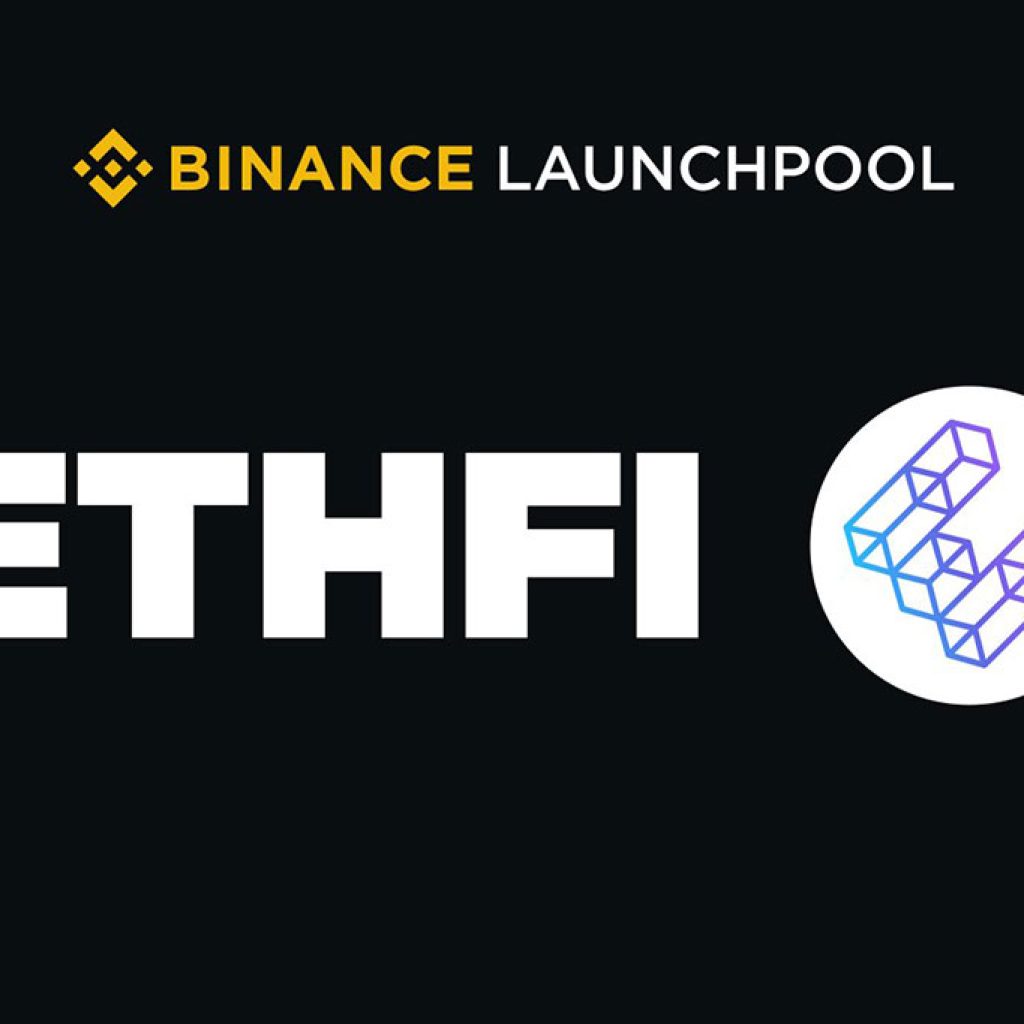The Ethereum Layer-2 network known as Base experienced a brief outage that lasted for approximately half an hour, with full resolution taking an additional 30 minutes. The team reported the incident on Twitter, stating that the delay in block production was due, in part, to the need for a refresh of their internal infrastructure. Importantly, they assured users that no funds were at risk during this outage. The development team categorized the issue as a “Base chain stall” on their project status page.
Base network administrators blame the issue on an internal delay
This incident began with users encountering difficulties in submitting transactions around 5:36 p.m. ET on a Tuesday. Thankfully, the issue was swiftly identified, and a solution was developed within 14 minutes. By 6:09 p.m., the network had started to witness the recovery of block production and the resumption of node-to-node exchanges of state information, known as “gossip.” While there was widespread recovery, a lingering problem with remote procedure calls (RPCs) caused a delay in issuing an all-clear report.
The final confirmation came at 6:06 p.m., a total of 90 minutes after the investigation into the issue began. Matt Willemsen, the head of research at crypto analytics firm Collective Shift, used this outage to emphasize a crucial point about Ethereum Layer-2 solutions. He highlighted that using Layer-2 solutions, like Base, is not the same as using the Ethereum mainnet. Ethereum mainnet is more battle-tested and involves fewer trust assumptions. Willemsen did not discourage the use of Layer-2 solutions but stressed the importance of understanding the differences and potential risks involved.
Explosive growth and the implications for later-2 network
Base network, launched less than a month ago with the backing of the exchange giant Coinbase, has experienced rapid growth despite its youth. Notably, it recently recorded daily transaction volumes surpassing those of the Ethereum Foundation. DeFi Llama data suggests that Base has generated $6 million in protocol fees, partly due to its popularity among the meme coin community. In a show of agility and growth, it has made several significant announcements in the past week.
It declared native support for USDC and revealed integrations with Ledger Live and the PancakeSwap decentralized exchange. Base has also secured partnerships with notable entities like Chainlink, Aragon, and various well-known consumer brands. This recent incident marked the first major technical hiccup for the network since its launch. It prompted comparisons to other blockchain solutions and their relative stability. For instance, some users contrasted this incident with the outages experienced by Solana, which reached meme-worthy levels due to their frequency.
While Base encountered a temporary outage, it swiftly addressed the issue and assured users that their funds remained secure. The incident serves as a reminder of the distinctions between Layer-2 solutions and the Ethereum mainnet, emphasizing the importance of understanding the trade-offs involved. Despite this hiccup, Base has demonstrated impressive growth and continues to expand its offerings and partnerships within the blockchain space.





